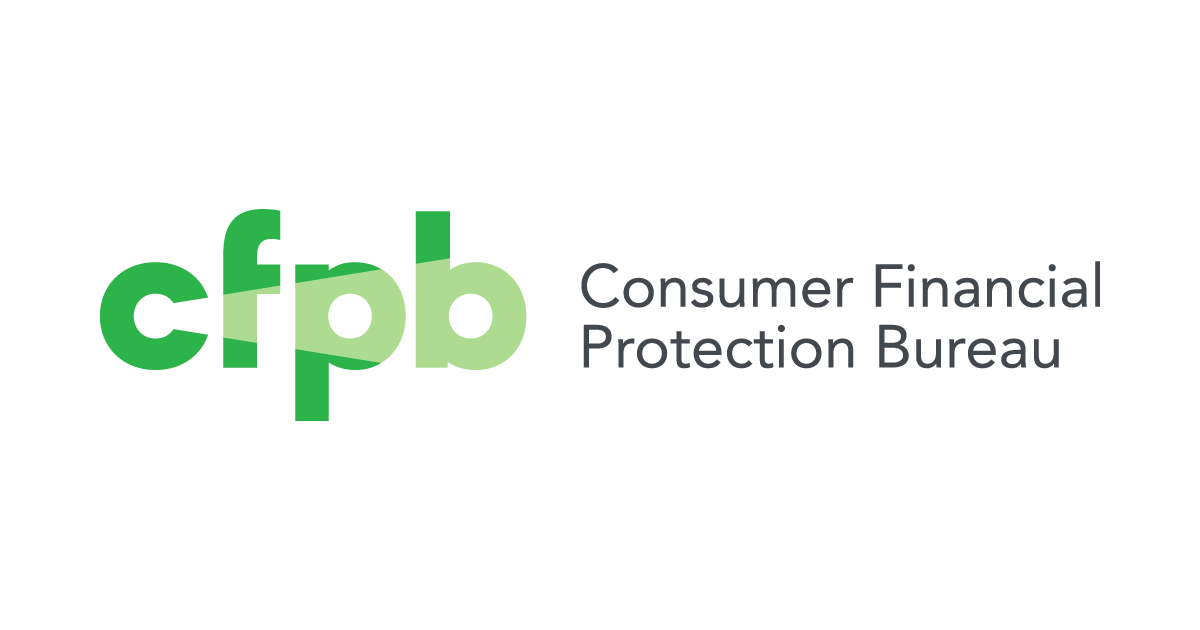WASHINGTON, D.C. – The Federal Financial Institutions Examination Council (FFIEC) today announced the availability of data on 2019 mortgage lending transactions at 5,508 U.S. financial institutions covered by the Home Mortgage Disclosure Act (HMDA). Covered institutions include banks, savings associations, credit unions, and mortgage companies.
The HMDA data are the most comprehensive publicly available information on mortgage market activity. They are used by industry, consumer groups, regulators, and others to assess potential fair lending risks and for other purposes.
The FFIEC releases today several data products to serve a variety of data users. The HMDA Dynamic National Loan-Level Dataset is updated, on a weekly basis, to reflect late submissions and resubmissions. Aggregate and Disclosure Reports provide summary information on individual financial institutions and geographies. The HMDA Data Browser allows users to create custom tables and download datasets that can be further analyzed. In addition, beginning in late March 2020, the FFIEC made available Loan/Application Registers for each HMDA filer of 2019 data, modified to protect borrower privacy.
Understanding the Data
The data include a total of 48 data points providing information about the applicants, the property securing the loan or proposed to secure the loan in the case of non-originated applications, the transaction, and identifiers. A complete list of HMDA data points and the associated data fields is found in Appendix A of the FFIEC’s Filing Instructions Guide for HMDA Data Collected in 2019. Certain smaller-volume financial institutions are not required to report all of these data, pursuant to the Economic Growth, Regulatory Relief, and Consumer Protection Act (EGRRCPA).[1]
The 2019 HMDA data use the census tract delineations, population, and housing characteristic data from the 2011–2015 American Community Survey (ACS). In addition, the data reflect metropolitan statistical area (MSA) definitions released by the Office of Management and Budget in 2018 that became effective for HMDA purposes in 2019.
HMDA data comparisons across multiple years are limited by changes in HMDA definitions, values, and thresholds. Also, comparisons for certain geographic areas are limited due to the changes in MSA and census tract boundaries and updates to the population and housing characteristics of census tracts, especially those that follow the decennial census and five-year updates based on the ACS data.
Among other uses, the data help the public assess how financial institutions are serving the housing needs of their local communities and facilitate federal financial regulators’ fair lending, consumer compliance, and Community Reinvestment Act examinations. For example, when these regulators evaluate an institution’s fair lending risk, they analyze HMDA data in conjunction with other information and risk factors, in accordance with the Interagency Fair Lending Examination Procedures .
HMDA data alone cannot be used to determine whether a lender is complying with fair lending laws. The data do not include some legitimate credit risk considerations for loan approval and loan pricing decisions. Therefore, when regulators conduct fair lending examinations, they analyze additional information before reaching a determination about an institution’s compliance with fair lending laws
Observations from the 2019 Data[2]
For 2019, the number of reporting institutions declined by about 3 percent from the previous year to 5,508. The 2019 data include information on 15.1 million home loan applications. Among them, 12.5 million were closed-end, 2.1 million were open-end, and, for another 442,000 records, pursuant to the EGRRCPA’s partial exemptions, financial institutions did not indicate whether the records were closed-end or open-end. The number of closed-end loan applications increased by 21 percent, and the number of open-end line of credit applications decreased by 9 percent. A total of 9.3 million applications resulted in loan originations. Among them, 7.9 million were closed-end mortgage originations, 1.1 million were open-end line of credit originations, and, pursuant to the EGRRCPA’s partial exemptions, 335,000 were originations for which financial institutions did not indicate whether they were closed-end or open-end. The 2019 data include 2.3 million purchased loans, for a total of 17.5 million records. The data also include information on approximately 151,000 preapproval requests that were denied or approved but not accepted.
The total number of originated closed-end loans increased by about 2 million between 2018 and 2019, or 26 percent. Refinance originations for 1-4 family properties increased by 78 percent from 1.9 million, and home purchase lending increased by 4 percent from 4.3 million.[3]
A total of 2,494 reporters made use of the EGRRCPA’s partial exemptions for at least one of the 26 data points eligible for the exemptions. In all, they account for about 641,000 records and 330,000 originations.
From 2018 to 2019, the share of home purchase loans for first lien, 1-4 family, site-built, owner-occupied properties made to low- or moderate-income borrowers (those with income of less than 80 percent of area median income) increased slightly from 28.1 percent to 28.6 percent, and the share of refinance loans to low- and moderate-income borrowers for first lien, 1-4 family, site-built, owner-occupied properties decreased from 30 percent to 23.8 percent.[4]
In terms of borrower race and ethnicity, the share of home purchase loans for first lien, 1-4 family, site-built, owner-occupied properties made to Black borrowers rose from 6.7 percent in 2018 to 7.0 percent in 2019, the share made to Hispanic-White borrowers increased slightly from 8.9 percent to 9.2 percent, and those made to Asian borrowers decreased from 5.9 percent to 5.7 percent. From 2018 to 2019, the share of refinance loans for first lien, 1-4 family, site-built, owner-occupied properties made to Black borrowers decreased from 6.2 percent to 5.3 percent, the share made to Hispanic-White borrowers decreased from 6.8 percent to 6.2 percent, and the share made to Asian borrowers increased from 3.7 percent to 5.4 percent.
In 2019, Black and Hispanic-White applicants experienced higher denial rates for first lien, 1-4 family, site-built, owner-occupied conventional home purchase loans than non-Hispanic-White applicants. The denial rate for Asian applicants is more comparable to the denial rate for non-Hispanic-White applicants. These relationships are similar to those found in earlier years and, due to the limitations of the HMDA data mentioned above, cannot take into account all legitimate credit risk considerations for loan approval and loan pricing.
The Federal Housing Administration (FHA)-insured share of first-lien home purchase loans for 1-4 family, site-built, owner-occupied properties increased from 19.3 percent in 2018 to 20.2 percent in 2019. The Department of Veterans Affairs (VA)-guaranteed share of such loans increased slightly to 10.6 percent in 2019. The overall government-backed share of such home purchase loans, including FHA, VA, Rural Housing Service, and Farm Service Agency loans, was 33.4 percent in 2019, up from 33 percent in 2018.
The FHA-insured share of refinance mortgages for first lien, 1-4 family, site-built, owner-occupied properties decreased slightly to 12.0 percent in 2019 from 12.8 percent in 2018, while the VA-guaranteed share of such refinance loans increased from 10.2 percent in 2018 to 13.5 percent in 2019.
The share of mortgages originated by nondepository, independent mortgage companies has increased in recent years. In 2019, this group of lenders accounted for 56.4 percent of first lien, 1-4 family, site-built, owner-occupied home-purchase loans, slightly down from 57.2 percent in 2018. Independent mortgage companies also originated 58.1 percent of first lien, 1-4 family, site-built, owner-occupied refinance loans, an increase from 56.1 percent in 2018.
The HMDA data also identify loans that are covered by the Home Ownership and Equity Protection Act (HOEPA). Under HOEPA, certain types of mortgage loans that have interest rates or total points and fees above specified levels are subject to certain requirements, such as additional disclosures to consumers, and also are subject to various restrictions on loan terms. For 2019, 6,507 loan originations covered by HOEPA were reported: 3,253 home purchase loans for 1-4 family properties; 442 home improvement loans for 1-4 family properties; and 2,812 refinance loans for 1-4 family properties.
Additional HMDA Information
More information about HMDA data reporting requirements is also available at https://ffiec.cfpb.gov/.
Questions about HMDA supervision should be directed to the institution’s supervisory agency at the following phone numbers:
- Federal Deposit Insurance Corporation: (877) 275-3342; hearing impaired — (800) 925-4618
- Board of Governors of the Federal Reserve System, HMDA Assistance Line: (202) 452-2016
- National Credit Union Administration, Office of Consumer Financial Protection: (703) 518-1140
- Office of the Comptroller of the Currency, Compliance Risk Policy Division: (202) 649-5470
- Consumer Financial Protection Bureau: (202) 435-7000
- Department of Housing and Urban Development, Office of Housing: (202) 708-0685
[1] See Public Law 115–174, 132 Stat. 1296 (2018); Final Rule, Official Interpretation, Home Mortgage Disclosure Act (Regulation C), 84 FR 57946 (Oct. 29, 2019).
[2] An April 27, 2020 dataset used to develop the observations in this statement about the 2019 HMDA data is available here. Analysis of data downloaded from the HMDA Platform at a later date may not yield precisely the same conclusions provided here, given that data available from the HMDA Platform will be updated, on an ongoing basis, to reflect resubmissions and late submissions. For historical and more detailed data derived from the annual HMDA records, see https://www.consumerfinance.gov/data-research/hmda/.
[3] For purposes of these 2018 and 2019 comparisons, the 2019 data on open-end lines of credit (except reverse mortgages) and “other purpose” loans are excluded.
[4] Many refinance loans are “streamlined refinances” and data on borrower income are sometimes not collected by lenders for such loans. Such refinances do not contribute to the estimates for low- or moderate income borrowers’ share of refinance activity.
Official news published at https://www.consumerfinance.gov/about-us/newsroom/ffiec-announces-availability-2019-data-mortgage-lending/
Images courtesy of PixaBay
The post FFIEC Announces Availability of 2019 Data on Mortgage Lending first appeared on RSVTV news.
originally published at Finance - RSVTV news

